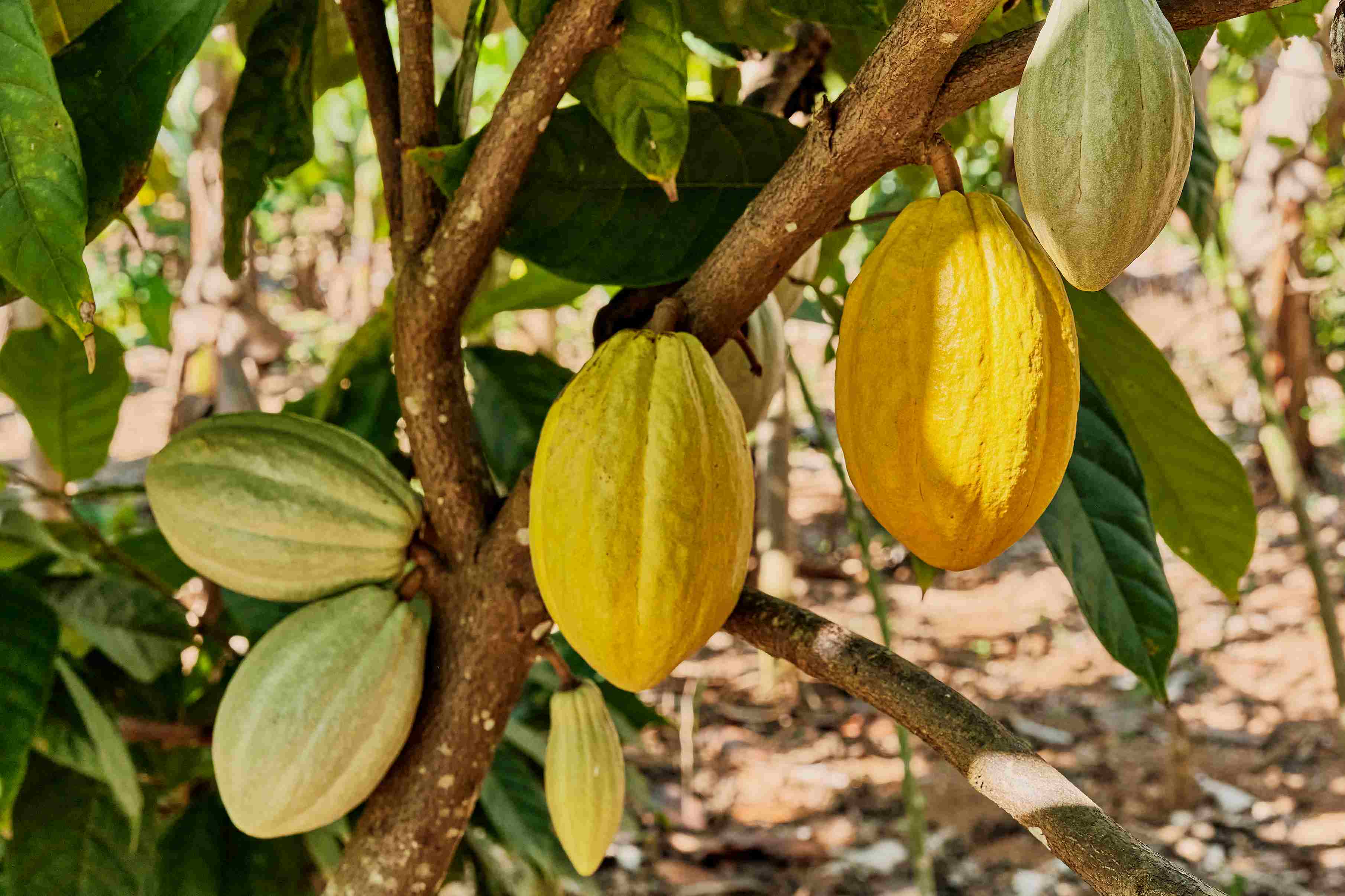Insights
Cocoa Commodity: Top Producers, Benefits, and Trade Risks
Dresyamaya Fiona
•
4 minutes
read
•
Aug 20, 2025
Cocoa is a key agricultural product and global commodity traded across international markets. Strong demand from chocolate manufacturers drives cocoa price trends, while millions of smallholder farmers depend on cocoa production for their livelihoods.

Beyond global brands and corporate profits, the cocoa commodity is central to agriculture and rural economies. It provides income for smallholder farmers, creates jobs in cultivation, logistics, and export, and strengthens economic growth in producing countries. As both an agriculture product and a tradable commodity, cocoa remains essential to international trade and food supply chains.
What is a Cocoa Commodity?
When discussing the term cocoa commodity, this term refers to the processed product derived from cacao pods, specifically the powder and other forms that are prepared for global trade.
The transformation from cacao fruit to cocoa commodity involves several key steps. First, ripe cacao pods are hand-harvested, and the beans, along with their surrounding pulp, are carefully extracted. These beans, still covered in sweet white pulp, then undergo fermentation, a critical process that develops the distinct flavors associated with high-quality cocoa.
After fermentation, the beans are dried to reduce moisture content, allowing them to be preserved safely during storage and transport. At this stage, they are still considered as cacao beans.
Before entering international markets, dried cocoa beans go through further processing. They are often roasted, ground, or pressed into different forms such as cocoa powder, cocoa butter, and cocoa liquor.
These final products are what enter the global commodity market and are referred to as cocoa, not cacao. This processed form is what chocolate manufacturers and other industries use, representing the final stage in cacao's transformation into a globally traded agricultural commodity.
Top 10 Cocoa Producing Countries in the World
- Ivory Coast
- Ghana
- Indonesia
- Ecuador
- Brazil
- Cameroon
- Nigeria
- Peru
- Dominican Republic
- Colombia
From this list, it is evident that Indonesia is the only Asian country to make it into the top 10 cocoa producing nation in Asia. Indonesia’s success in cultivating cocoa pods is primarily attributed to its ideal climate and geography.
Located near the equator, the country enjoys a consistent balance of rainfall and high temperatures throughout the year. However, it’s important to note that cacao pods are still vulnerable to excessive rainfall or heat stress.
Key Benefits of Investing in Cocoa as a Commodity
Investing in cocoa as a commodity offers several strategic advantages, making it an attractive option for both investors and stakeholders in the global market. Cocoa is closely tied to global food consumption patterns, particularly through its central role in the chocolate industry, which remains consistently in demand across diverse markets.
Economic Contribution
As a key agricultural product, cocoa also contributes significantly to the economies of developing nations, providing vital income and employment to millions of smallholder farmers. Its importance is further amplified by increasing global attention to ethical sourcing and sustainability, making it a focus of responsible investment.
Strategic Value
The price of cocoa directly affects chocolate production costs and profit margins for major companies, while the food and retail industries closely track its market movements. At the same time, rising consumer demand in emerging markets continues to support stable or increasing global consumption.
Potential Export
Cocoa is one of the most actively traded soft commodities, with its price volatility offering both risks and opportunities for investors. For producing countries, it serves as a major source of export revenue, reinforcing its relevance in international trade. These factors make cocoa an option in the global commodities market.
Potential Risks Associated with the Cocoa Commodity Trade
While offering significant investment potential, the cocoa commodity trade also comes with several inherent risks that stakeholders must carefully consider.
Climate Change
One of the most pressing challenges is the impact of climate change, as cocoa plants require specific temperature, humidity, and rainfall conditions to thrive. Even slight variations in these factors can lead to reduced yields or crop failure.
In addition, cocoa plants are highly vulnerable to pests, diseases, and extreme weather events, all of which can disrupt production and affect supply consistency.
Geopolitical Risks
Geopolitical risks also pose threats, particularly in major cocoa-producing regions where political instability, weak infrastructure, or conflict can hinder harvesting, processing, or export operations.
Another significant concern is the potential for supply chain disruptions, whether due to logistical issues, labor shortages, or international trade restrictions, which can delay or reduce global availability.
Fluctuating Prices
Furthermore, cocoa prices are notably volatile, influenced by fluctuating supply and demand, speculation, and external market conditions. This unpredictability can significantly affect both producers’ income and manufacturers’ profit margins, making it challenging to maintain stable financial planning.
Altogether, these risks underscore the complexity of the cocoa trade emphasizing the critical need for effective risk management by those involved in investing or operating within the sector.
Conclusion
In conclusion, the cocoa commodity represents far more than just an ingredient in chocolate, it is a crucial driver of global trade, economic development, and food consumption trends. Its widespread demand supports millions of livelihoods, particularly in developing countries, where it serves as a key export.
While cocoa presents valuable investment opportunities due to its active trade and strategic importance, it also faces notable risks, including climate change, market volatility, and geopolitical instability.
Understanding both the benefits and challenges of the cocoa trade is essential for investors, policymakers, and stakeholders aiming to navigate and sustain this dynamic and impactful global industry.





